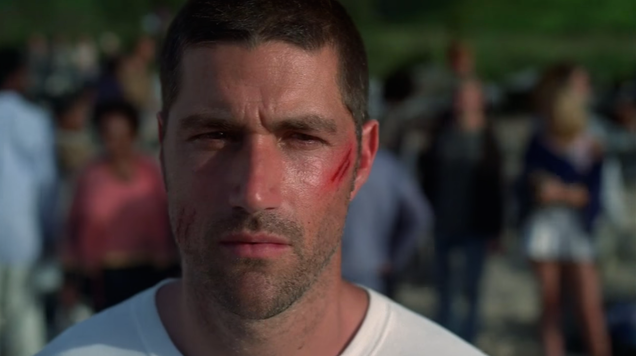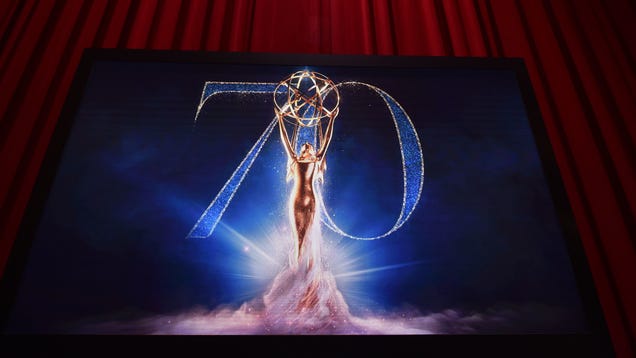My Hero Academia is one of my favorite series in recent years. Thanks to its compelling, lovable cast and exciting world-building, it’s some of the most fun I’ve ever had with shounen and superheroes. Regrettably, though, it’s not entirely free of some of the most frustrating (and typical) shounen stereotypes that frequently undermine its strong female cast. To some extent, My Hero Academia goes against conventions by giving the female characters diverse Quirks (superpowers) that rarely conform to those of supporting roles. Yet it doesn’t push too hard when it comes to putting them into action. Most characters have limitations that prevent their Quirks from getting too overpowered, but when there are exceptions, they’re all remarkably male. Even without taking One For All—a special quirk that accumulates power passed down through generations—into account, male characters like Todoroki, Bakugo, or Endeavor are portrayed as being far above everyone else. The girls from the main cast receive far less recognition, mostly because they’re often relegated to the background. While there are also boys who don’t have much time in the spotlight, the series still finds endless opportunities to highlight plenty of its male characters, which hardly ever happens with the girls. As a side effect, this also means that MHA, perhaps unintentionally, doesn’t always take the girls’ Quirks seriously, resulting in limitations that sometimes don’t even make sense. A Quirk as deadly as Ashida’s acid production should be regarded as a serious threat, but it never seems to do much. Toru, the invisible girl, is basically an ongoing joke. But even more glaring is how the series fails to realize the true potential of Momo, who can create anything as long as she knows its components. At the end of the day, no girl is portrayed as anywhere close to the power levels or growth potential of many of their male peers. Compared to them, the girls are hardly ever provided with opportunities to distinguish themselves. This is even more noticeable in the tournament arc, when plenty of characters finally get a chance to shine, including the girls. Ochako’s fight against Bakugo focuses on confronting the audience’s sexism while acknowledging Ochako as an opponent worthy of respect. In the other matches, the boys that underestimate their female opponents suffer quick, crushing defeats. This implies a self-awareness of one of shounen’s most common tropes: boys are stronger and more capable than girls. The first stage of the tournament seems focused on challenging this particular trope, but while it succeeds in highlighting this inequity, it ultimately does nothing to resolve it, and instead perpetuates it with full awareness. While Ochako emerges from her defeat motivated to expand on her skill set, her match doesn’t leave any lasting effects. As the tournament advances toward the finals, the rest of the girls are quickly eliminated, leaving the serious, exciting fights to the boys. Even though the girls show notable talent, when the tournament ends, it’s the boys who get all the top spots. My Hero Academia’s shortcomings with the girls from its main cast are also present in the professional field. Midnight and Mt. Lady are the most prominent pro heroines introduced to the audience thus far, and neither of them shows competence comparable to the male pro heroes, nor do they inspire the same level of admiration. We have yet to see pro heroines get things done (in a way that’s also taken seriously by the series) like we have with All Might, Endeavor, Eraserhead, and so on. With Mt. Lady and Midnight, we mostly just get moments of clumsiness or flirtation, all meant to serve as comedy or fanservice. The internship arc introduced pro heroine Uwabami, yet it regrettably didn’t give her anything to do on the field. She only serves to give us a little look into the commercial side of heroism—an aspect of the hero profession that’s later portrayed as fundamentally destructive and corrupt during the Stain arc. This lack of pro heroine action in the field gives the impression that they aren’t as capable and exciting as pro heroes. This is further reinforced by the first-year students’ internships. Most of those who had it under pro heroes got productive, exciting experiences. Meanwhile, those under pro heroines ended up disappointed. At its worst, My Hero Academia doesn’t just ignore its female cast: it brings them forward solely for the purpose of reinforcing tired stereotypes. One example is the talk show segment from one of Season 2’s cold opens, which manages to commit several offenses despite its brevity. Featuring Mt. Lady and Midnight as guests, we learn that the latter’s debut was seeing as so scandalous it inspired a costume regulation bill. Then, Midnight starts discussing the difficulties the censure imposes on heroes whose powers are obstructed by clothes (which brings characters like Momo to mind). The segment seemed like an interesting idea at first, especially considering the series’ poor treatment of “sexy” female characters up to this point. We can see that with Midnight herself, who doesn’t have much development outside of being a BDSM-themed pro heroine. And, on the student side of things, other characters often leer at Momo’s costume—while she’s either unaware or embarrassed if she notices—and she’s targeted by Mineta more than the rest of the girls, mostly because she shows more skin for the sake of her Quirk. Discouragingly, the TV show segment decides to keep ignoring those issues and instead prioritizes tropes that further undermine the pro heroines. Mt. Lady and Midnight end up in a cliche “cat fight” before actually having a discussion, reinforcing the harmful idea that powerful women are unable to get along. To add insult to injury, the scene ends with a “punchline” as we cut to Mineta, of all people, watching with excitement. It’s an especially frustrating conclusion given that Mineta’s very existence is My Hero Academia’s worst crime. He is the personification of one of the most troubling tropes in shounen storytelling: sexual harassment and assault as a source of humor. The series …
The post [Feature] Gender Inequity in My Hero Academia appeared first on Anime Feminist.


